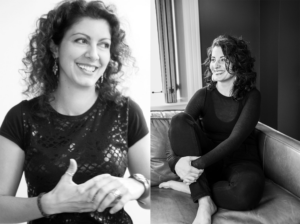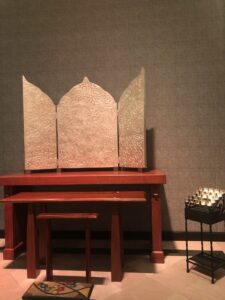(Amherst, Mass. August 19, 2024)—Award-winning, international literary journal The Common announced today that Kei Lim ’25 will be the second recipient of the David Applefield ’78 Fellowship. The fellowship, the magazine’s first endowed student internship, was established in 2022 by a group of friends and family of David Applefield, a literary polymath who attended Amherst College and founded Frank, an eclectic English-language literary magazine based in Paris. The David Applefield ’78 Fellowship funds one student intern annually who possesses exceptional editorial and leadership skills.
Among other responsibilities, the Applefield Fellow coordinates the Weekly Writes Accountability program, leads the Level I section of the Young Writers Program for high school students, and provides research and production support for podcasts. In addition, the Applefield Fellow trains and mentors other interns, and organizes events for the Amherst College community.
 Kei Lim ’25 arrives at the position following two years as an editorial assistant for The Common. They are also Co-Editor-in-Chief of Amherst’s student-run newspaper, The Amherst Student, an instructor for the creative writing nonprofit Cosmic Writers, and have worked in the houses and collections of the Emily Dickinson Museum. Their poem “Evergreen” was published online at The Common.
Kei Lim ’25 arrives at the position following two years as an editorial assistant for The Common. They are also Co-Editor-in-Chief of Amherst’s student-run newspaper, The Amherst Student, an instructor for the creative writing nonprofit Cosmic Writers, and have worked in the houses and collections of the Emily Dickinson Museum. Their poem “Evergreen” was published online at The Common.
Lim thanks the more than 50 friends, classmates, and family of David Applefield who contributed to the fellowship fund for their generosity and trust, as well as the magazine’s staff for their continuous mentorship. “I am grateful to continue supporting the wonderful literary community and mission The Common fosters,” Lim said.






 Kei Lim ’25 arrives at the position following two years as an editorial assistant for
Kei Lim ’25 arrives at the position following two years as an editorial assistant for 








